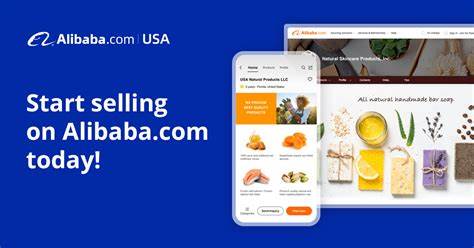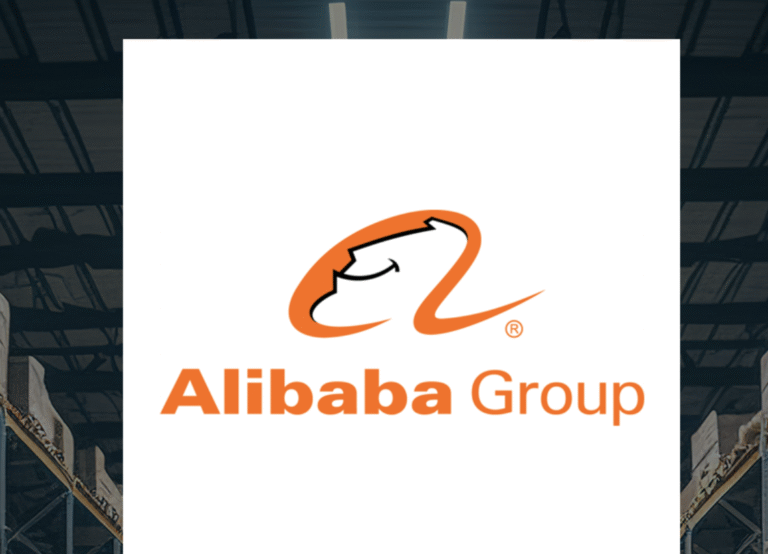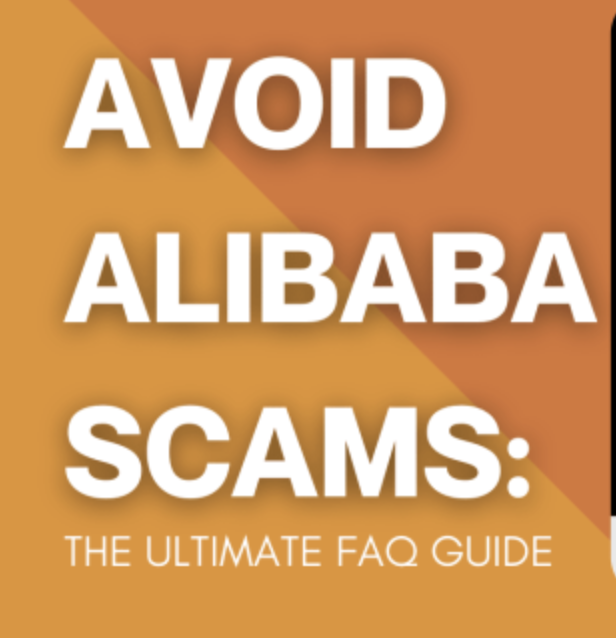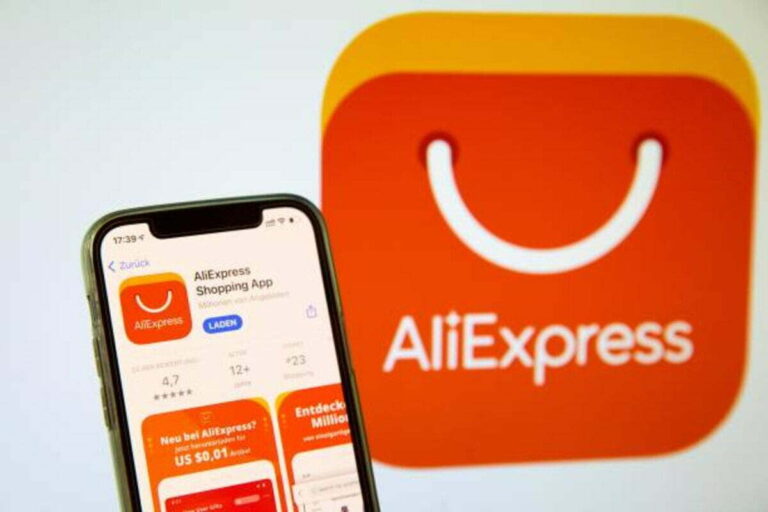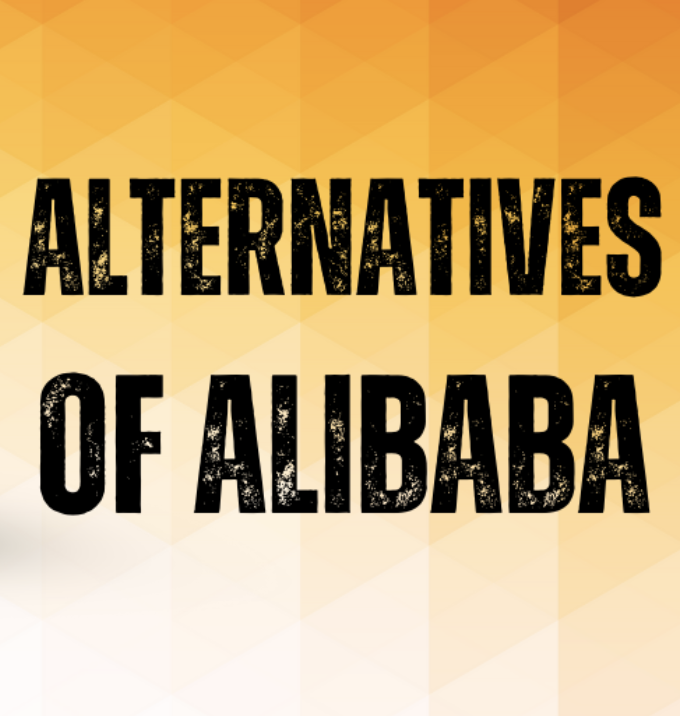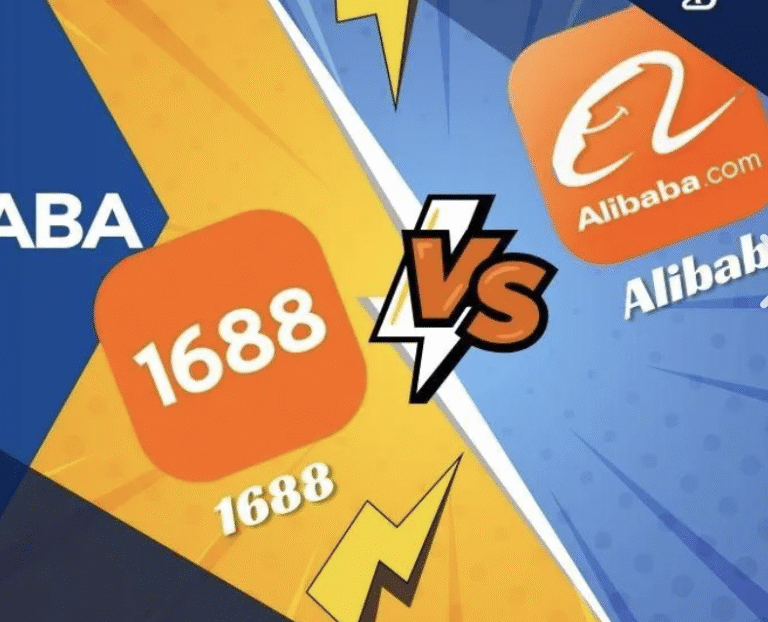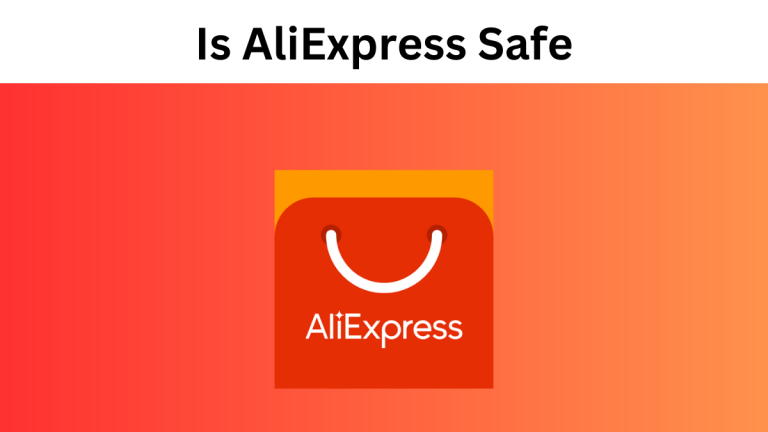How to Buy from Alibaba: Step-by-Step Guide for Smarter, Safer Sourcing (2025)
Alibaba is one of the world’s largest online marketplaces, connecting millions of buyers and suppliers across the globe. Whether you’re a small business owner looking to source products at competitive prices or an individual interested in importing goods, learning how to buy from Alibaba can open up a world of opportunities.
Within this comprehensive guide, we’ll walk you through the process, ensuring you avoid common pitfalls and purchase with confidence.
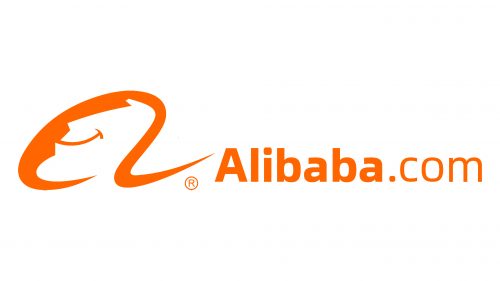
The keyword “how to buy from Alibaba” will guide our journey, helping you find the information you need to become a savvy buyer.
Table of Contents
What is Alibaba and How It Works
At its core, Alibaba is a business-to-business (B2B) platform that allows wholesalers, manufacturers, and suppliers—primarily based in China—to sell goods to buyers worldwide. Unlike retail platforms like Amazon or eBay, Alibaba isn’t for casual one-off purchases. Instead, it’s designed for bulk buying, often with a focus on reselling or manufacturing.
But what exactly sets Alibaba apart?
- Alibaba vs. AliExpress: While both are part of the Alibaba Group, AliExpress caters more to individual buyers and offers retail-level purchases, often with no minimum order quantity. Alibaba, on the other hand, is geared toward bulk orders and wholesale pricing.
- Supplier Listings: Products on Alibaba often have flexible pricing depending on your order size, delivery location, and customization needs.
- Communication: Direct messaging and negotiation with suppliers are a central part of the buying process.
Alibaba has revolutionized international trade by bridging the gap between global buyers and Chinese manufacturers. This marketplace is invaluable for entrepreneurs, but it’s not without its learning curve.
Creating an Alibaba Account

Before you can start shopping, you need to set up a free account on Alibaba. Here’s how you do it:
- Visit Alibaba.com and click on “Join Free.”
- Choose Your Role: Are you a buyer or a seller? For our purposes, select “Buyer.”
- Provide Your Information: Enter your name, email, and set a password. Use a valid business email if possible—it can boost your credibility with suppliers.
- Verify Your Email: Alibaba will send a verification email. Click the link to activate your account.
- Complete Your Profile: Add your business details, address, and purchasing needs. A complete profile makes you look more professional and may attract better supplier attention.
Tips:
- Use a professional business name.
- Clearly state your buying purpose.
- Upload a company logo if available.
A well-crafted account profile can mean the difference between being ignored or taken seriously by top suppliers. It’s your digital business card—make it count.
Finding the Right Products
Searching for the right product on Alibaba can feel like looking for a needle in a haystack—unless you know how to narrow it down.
Start with the search bar:
- Type in clear keywords like “wireless headphones” or “leather phone cases.”
- Use filters such as “Verified Supplier,” “Trade Assurance,” or set a Minimum Order Quantity (MOQ) to refine results.
How to evaluate a product listing:
- Product Images: Are they clear and professional?
- Price Range: Check if pricing is per unit or bulk tiered.
- MOQ: Make sure it aligns with your budget and inventory goals.
- Customization Options: Some listings offer OEM or private label services.
Example: Let’s say you’re looking for Bluetooth speakers. You can filter by:
- MOQ under 100 units
- Suppliers with Trade Assurance
- Price range between $5–$15 per unit
You’ll immediately reduce your options from thousands to a more manageable number. The trick is in being specific but flexible.
Choosing the Right Supplier
Not all suppliers on Alibaba are created equal. Picking the wrong one can cost you time, money, and peace of mind.
Types of Suppliers:
- Gold Supplier: Paid members who are more likely to be legit.
- Verified Supplier: Their business license and factory inspections are confirmed by third parties.
- Trade Assurance Supplier: Offers protection for buyers if something goes wrong.
Checklist for vetting suppliers:
- How long have they been active on Alibaba?
- Do they respond quickly and professionally?
- Are their reviews mostly positive?
- Can they provide references or certifications?
Red Flags:
- Poor grammar or vague communication.
- Refusal to use Trade Assurance.
- No factory pictures or product certifications.
It’s often worth paying a bit more for a reliable, transparent supplier than risking a cheap but shady deal.
Communicating with Suppliers
Effective communication is the backbone of a successful transaction on Alibaba. When you’re figuring out how to buy from Alibaba, your first messages to suppliers can set the tone for the entire deal.
Initial Contact Tips:
- Be clear and concise in your messages.
- Introduce yourself and your company.
- Mention the product you’re interested in and include specifications (color, size, quantity, etc.).
- Ask if the product is available and if they can meet your customization or packaging needs.
Here’s a sample first message you might send:
“Hi, I’m John from Global Retail LLC. We are looking to purchase 500 units of your Model X Bluetooth speakers, preferably in black. Can you confirm availability, price per unit for that quantity, and shipping costs to Los Angeles, USA? Also, do you support logo printing on the product?”
Questions to Ask Suppliers:
- What’s the lead time for production?
- Can you provide product certifications?
- Are samples available?
- What are your payment terms?
- Can I visit your factory?
Evaluate Their Responses:
A good supplier will respond professionally, answer all questions clearly, and even offer alternatives or suggestions. Poor communication or evasive answers should be treated as red flags. Remember, if it’s this hard to talk now, imagine how difficult it might be after placing an order.
Bonus Tip: Keep all communication on Alibaba’s platform until you fully trust the supplier. This provides a record in case of disputes and supports Trade Assurance protection.
Negotiating Price and MOQ
Contrary to popular belief, the price you see on Alibaba isn’t set in stone. In fact, negotiating is expected and encouraged.
Understand MOQ:
The Minimum Order Quantity (MOQ) is the smallest quantity a supplier is willing to sell. While it might seem intimidating, many suppliers are flexible—especially if you explain you’re testing a product before placing a larger order.
How to Negotiate:
- Be respectful but assertive.
- Reference competitor pricing or similar product listings.
- Offer to commit to a larger future order if satisfied with the first.
- Bundle products to increase order value.
Example Scenario:
Let’s say the listed MOQ is 1,000 units at $4.50 each. You might message:
“We’re launching this product in a new market and would prefer a test order of 300 units. If quality meets our expectations, we plan to scale to 2,000+ units monthly. Can you match the $4.50 rate for our initial order?”
Terms You Can Negotiate:
- Unit price
- Shipping terms
- Payment terms (e.g., 30% deposit, 70% after inspection)
- Custom packaging or branding
Caution: Don’t push too hard just to get the lowest price. Lowballing suppliers can lead to compromised product quality, longer lead times, or strained relationships. Your goal is value, not just price.
Requesting Samples
Before placing a large order, always request samples. It’s one of the smartest ways to avoid disappointment and ensure the product meets your standards.
Why Samples Matter:
- Assess build quality, materials, and packaging.
- Test product functionality.
- Verify branding (if customized).
- Compare products from different suppliers.
How to Request a Sample:
- Ask the supplier if samples are available.
- Confirm if the sample is free or paid.
- Clarify shipping costs—often the buyer pays for shipping.
- Request tracking information.
What to Look for in a Sample:
- Does it match the photos and description on the listing?
- Is the logo correctly placed and of high quality?
- Are the materials durable and consistent?
- Are there any safety certifications attached (especially for electronics, toys, or health products)?
Sample Evaluation Checklist:
| Feature | Meets Expectations | Notes |
|---|---|---|
| Material Quality | ✅ / ❌ | |
| Functionality | ✅ / ❌ | |
| Customization | ✅ / ❌ | |
| Packaging | ✅ / ❌ |
Some suppliers might refund the sample cost if you place a bulk order, so it’s worth asking.
Pro Tip: Order samples from 3-5 suppliers to compare quality and service. It might cost a bit upfront, but it saves you from expensive mistakes later.
Placing Your Order
Once you’re satisfied with the sample and have finalized the details with the supplier, it’s time to place your order. This is where how to buy from Alibaba gets real—and potentially risky—so attention to detail is crucial.
Confirm Everything in Writing:
- Product specifications (color, size, branding)
- Quantity
- Unit price
- Total cost
- Payment terms
- Delivery timeline
- Packaging requirements
Understanding Trade Terms:
These impact the overall cost and responsibility for shipping. The most common terms include:
- FOB (Free On Board): Supplier covers costs until goods are on the ship.
- CIF (Cost, Insurance, and Freight): Supplier includes insurance and shipping to your port.
- DDP (Delivered Duty Paid): Supplier delivers to your door, including customs and duties.
Payment Methods:
- Alibaba Secure Payment (Trade Assurance): Safest method.
- PayPal: Fast and secure for small transactions.
- Bank Transfer (T/T): Common, but riskier—only use with trusted suppliers.
- Letter of Credit: For large orders, often used by experienced buyers.
Important: Never pay outside Alibaba unless you completely trust the supplier and understand the risks. Use Trade Assurance to protect your payment and ensure delivery.
Order Documents to Keep:
- Proforma Invoice
- Purchase Order
- Sales Contract
- Tracking and shipping documents
Shipping and Logistics
Shipping can be one of the most complex and expensive parts of learning how to buy from Alibaba. But understanding your options will help you avoid delays, reduce costs, and ensure your goods arrive safely.
Types of Shipping Methods:
- Air Freight:
- Fastest option (5–10 days).
- Ideal for small, high-value orders.
- More expensive than sea freight.
- Sea Freight:
- Most economical for large orders.
- Takes longer (15–45 days depending on location).
- Requires coordination with freight forwarders and customs brokers.
- Courier Services (DHL, FedEx, UPS):
- Best for small quantities or samples.
- Door-to-door service.
- Higher cost per unit.
How to Choose the Right Method:
- For speed: Choose air or courier.
- For cost-effectiveness: Go with sea freight for large orders.
- For simplicity: Ask suppliers if they offer DDP (Delivered Duty Paid), which handles customs, duties, and delivery to your address.
Shipping Terms to Know:
| Term | Meaning |
|---|---|
| FOB | Buyer pays for shipping from port of origin |
| CIF | Supplier pays for shipping to buyer’s port |
| DDP | Supplier handles all shipping, duties, and taxes to final destination |
Dealing with Customs and Duties:
- You’ll need an Import Number or Business License in some countries.
- Understand tariff codes (HS Codes) for your products.
- Consider working with a customs broker if you’re new to importing.
Tracking Your Shipment:
- Suppliers should provide a Bill of Lading, Tracking Number, or Airway Bill.
- Use shipment tracking tools (Alibaba’s logistics service, 17Track, or carrier websites).
Pro Tip: Always confirm Incoterms and delivery responsibilities before payment. Surprises in shipping can cost you thousands if not managed correctly.
Quality Control and Inspections

One of the biggest concerns when sourcing internationally is product quality. Even with a sample, you can’t always guarantee every unit in your order will match that level. That’s where quality control and inspections come in.
Why You Need Quality Control:
- Ensure the final product matches agreed specs.
- Catch defects before shipping.
- Avoid returns, refunds, and negative reviews.
Quality Control Options:
- Pre-Production Inspection:
- Verifies raw materials and production setup.
- During Production Inspection:
- Conducted mid-production to catch issues early.
- Pre-Shipment Inspection (Most Common):
- Takes place when 80–100% of goods are ready.
- Checks quantity, quality, packaging, and labeling.
- Container Loading Supervision:
- Ensures correct quantity and safe loading of products.
Third-Party Inspection Services:
- AsiaInspection (QIMA)
- SGS
- TÜV SÜD
- Intertek
Prices usually range from $100–$300 per inspection depending on location and complexity.
Checklist for Inspections:
| Item | Checkpoints |
|---|---|
| Product Quality | Surface finish, functionality, specs |
| Quantity | Matches order quantity |
| Packaging | Sturdy, correct labels |
| Compliance | Meets local regulations or certifications |
Handling Defective Products:
- Discuss refund or replacement policies in advance.
- Take photos or videos of issues for documentation.
- Use Trade Assurance if the supplier refuses to cooperate.
Getting inspections may feel like an extra cost, but it’s a small price to pay for peace of mind and product integrity.
Protecting Yourself from Scams
The reality of buying from Alibaba is that, while most suppliers are legitimate, scams do exist. That’s why it’s vital to understand how to spot and avoid them.
Common Alibaba Scams:
- Fake suppliers taking payment and disappearing.
- Bait-and-switch products (high-quality sample, poor bulk items).
- Overcharging for shipping.
- Sending substandard or incorrect goods.
How to Avoid Scams:
- Use Verified Suppliers Only:
- Look for Gold Supplier, Verified Supplier, and Trade Assurance badges.
- Keep Communication On-Platform:
- Avoid suppliers who ask to move to WhatsApp, WeChat, or email immediately.
- Use Trade Assurance for Payments:
- Protects your money if products are late, wrong, or not delivered.
- Ask for Business Licenses and Certifications:
- Legit suppliers will provide documentation.
- Inspect Reviews and Ratings:
- Check how long they’ve been active and read buyer feedback.
- Start with Small Orders:
- Test the waters before making large commitments.
Scam Red Flags:
- Prices that are too good to be true.
- High-pressure tactics or urgency.
- No physical address or company website.
- Poor grammar and communication.
Pro Tip: Always do a Google reverse image search of product photos. If the same image appears across dozens of supplier profiles, it’s likely copied from elsewhere.
Alibaba Trade Assurance Program
Alibaba’s Trade Assurance is your safety net. It’s a free service designed to protect your order from payment to delivery.
What Trade Assurance Covers:
- Product quality not matching the agreed terms.
- Order not shipped on time.
- Refunds for undelivered or rejected goods.
How to Use It:
- Make sure the supplier is Trade Assurance–enabled.
- Place the order through Alibaba’s checkout.
- Clearly define product specs, quantity, and shipping terms in the agreement.
- Upload any relevant documents and communication.
Filing a Dispute:
- Go to your order dashboard.
- Click “Open Dispute.”
- Provide proof (images, documents, messages).
- Alibaba will mediate and issue a refund if valid.
Benefits of Using Trade Assurance:
- Peace of mind when dealing with overseas suppliers.
- Encourages suppliers to deliver better service.
- Easier resolution of disputes.
Real Example:
A buyer ordered 1,000 T-shirts with their logo. Upon arrival, the shirts were the wrong color and the logo was missing. The buyer filed a dispute with evidence, and Alibaba refunded 80% of the order.
It’s not foolproof, but it’s a powerful tool to buy safely on Alibaba.
Tips for First-Time Buyers
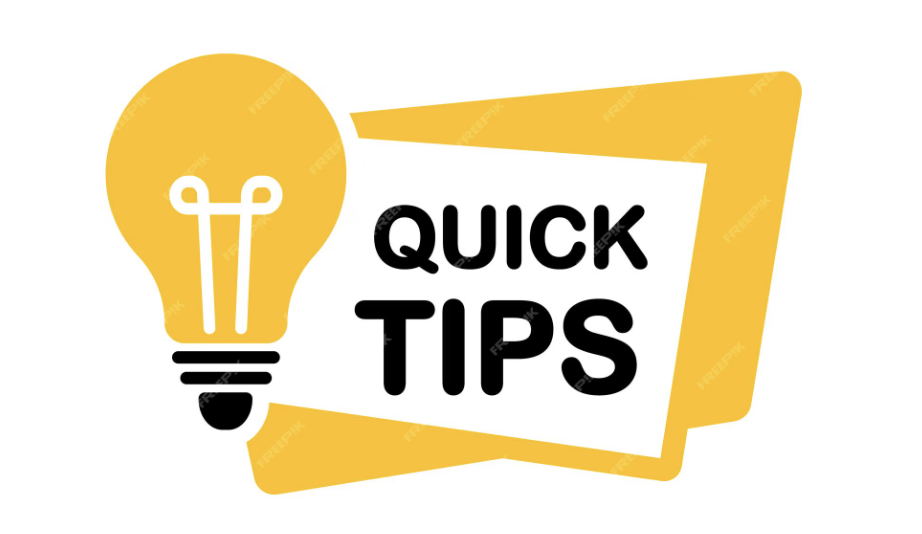
If you’re diving into Alibaba for the first time, you might feel overwhelmed—and that’s totally normal. But don’t worry, you’re not alone. Every seasoned importer started exactly where you are right now. With the right approach, how to buy from Alibaba becomes not just manageable, but incredibly rewarding.
Top Tips to Get Started Right:
- Start Small:
- Place a trial order to test supplier reliability and product quality.
- Avoid the temptation of massive discounts for large MOQs on your first try.
- Be Professional in Communication:
- Suppliers are more responsive to buyers who appear serious.
- Use clear English, structured questions, and detailed inquiries.
- Stay Within Alibaba:
- Use the platform’s messaging, payments, and Trade Assurance to stay protected.
- Don’t agree to wire transfers or off-platform deals early on.
- Time Your Orders:
- Avoid holidays like Chinese New Year (usually late January to early February) when factories shut down.
- Understand lead times and production schedules.
- Learn from Others:
- Join Alibaba-focused forums or communities (like Reddit’s r/FulfillmentByAmazon or importing Facebook groups).
- Watch YouTube tutorials and listen to ecommerce podcasts.
- Document Everything:
- Keep records of conversations, orders, and samples.
- This helps if you need to escalate an issue or compare future quotes.
- Understand Cultural Differences:
- Business culture in China may differ from your country’s. Politeness, persistence, and patience go a long way.
- Avoid aggressive tactics—they may lead suppliers to ghost you.
- Double-Check Every Detail:
- From product specs to shipping addresses, make sure everything is crystal clear before confirming the order.
Useful Tools for New Buyers:
| Tool | Purpose |
|---|---|
| Alibaba Trade Assurance | Payment and delivery protection |
| Google Sheets | Track supplier quotes and comparisons |
| Currency Converter | Stay updated on exchange rates |
| HS Code Lookup | Find tariff codes for customs |
| Incoterms Guide | Understand international shipping terms |
Success Story Example:
Sarah, a first-time entrepreneur from the U.S., wanted to launch a line of eco-friendly water bottles. She tested 3 suppliers, ordered samples, chose the most responsive one, and placed an order for 300 units. Six months later, she’s selling them online and ordering in batches of 2,000. That first cautious step helped her build a reliable supply chain.
Just remember: Every pro was once a beginner. Ask questions, stay safe, and be persistent.
Alternatives to Alibaba
While Alibaba is the giant of B2B ecommerce, it’s not the only game in town. Depending on your needs, you might consider other platforms that offer different features, supplier bases, or customer service approaches.
Top Alternatives to Alibaba:
- Global Sources:
- Focuses on electronics, fashion, and home goods.
- Offers verified suppliers and trade shows.
- Slightly more curated and less crowded than Alibaba.
- Made-in-China.com:
- Another major Chinese sourcing platform.
- Good for industrial products and machinery.
- Often offers lower prices, but less polished interface.
- DHgate:
- Smaller MOQs.
- Less B2B, more like a blend of Alibaba and AliExpress.
- Can be good for dropshippers or test orders.
- IndiaMART:
- India-based sourcing platform.
- Great for textile, organic, and handmade goods.
- Rising as a non-China option for diversification.
- ThomasNet:
- Focused on U.S.-based suppliers.
- Higher prices, but faster shipping and fewer import headaches.
Comparison Table:
| Platform | Best For | MOQ | Supplier Location | Trade Protection |
|---|---|---|---|---|
| Alibaba | General B2B | Medium-High | Mostly China | Yes (Trade Assurance) |
| Global Sources | Electronics, Gadgets | Medium | China, Asia | Limited |
| DHgate | Small Batches | Low | China | Basic |
| IndiaMART | Textiles, Organics | Low-Medium | India | Limited |
| ThomasNet | Domestic Sourcing | Varies | USA | Limited |
When to Use an Alternative:
- If you’re sourcing outside China for political, tariff, or diversification reasons.
- If you need lower MOQs or niche handmade items.
- If Alibaba suppliers aren’t responsive in your category.
Having multiple platforms in your sourcing toolkit keeps you flexible and competitive.
Conclusion
Mastering how to buy from Alibaba is a game-changer for entrepreneurs, ecommerce sellers, and businesses of all sizes. Yes, the platform can be intimidating at first, but once you get familiar with the process—from finding products to vetting suppliers, negotiating terms, ordering samples, and managing logistics—it becomes a powerful engine for growth.
Here’s the key takeaway: Do your homework, communicate clearly, and protect yourself with Trade Assurance and inspections. Start small, be cautious, but think big. You’re not just buying products—you’re building a business foundation.
Now that you’re armed with the tools and knowledge, it’s time to start exploring. Dive in, ask questions, and don’t be afraid to make that first move. The world’s marketplace is just a few clicks away.
FAQs
1. Is it safe to buy from Alibaba?
Yes, if you follow best practices: use Trade Assurance, vet suppliers thoroughly, and start with small orders. Most suppliers are legitimate and value long-term relationships.
2. How do I avoid scams on Alibaba?
Stick to verified suppliers with Trade Assurance, keep all communication on-platform, and never wire money to personal accounts. Trust your instincts—if something feels off, it probably is.
3. What is the minimum order quantity on Alibaba?
It varies by supplier and product. Some MOQs start at 10–100 units, while others may require thousands. You can often negotiate for smaller test orders.
4. Can I buy from Alibaba without a business?
Yes. Many suppliers are willing to work with individuals, especially for small trial orders. However, having a business account and email can improve your credibility.
5. How long does it take to receive goods from Alibaba?
Delivery time depends on production lead time and shipping method. Air freight may take 5–10 days, while sea freight can take 20–45 days. Always confirm timelines with your supplier.

